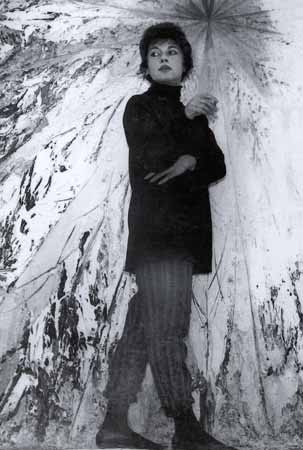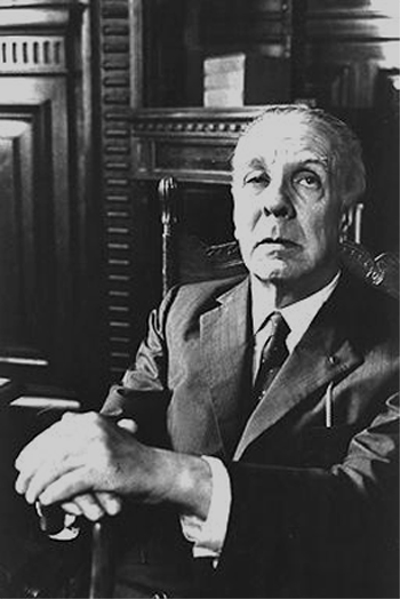Though this is a model paper--I'll add some of my comments in red to let you know what could've been added to this essay...
Judith P.1
In the poem “Red Shift” the poet Ted Berrigan examines the different stages that one goes through before death by giving his poem the title “Red Shift”, which indicates the negative changes in ones life. He uses the setting of the poem to associate his mood and emotions on how he is feeling about life. Some of the stages that the speaker touches upon are the failure of obtaining the American dream and struggling with low self-esteem. Solid intro.
Throughout the poem, the speaker uses the setting to express his thoughts and feelings about life. The poem is written in a sad, depressing, and angry tone. The setting is symbolic to the different stages that one goes through in their lives before death. The poem takes place in a bitter cold winter February in New York City. “The air is biting, February, fierce arabesques on the way to tree in winter streetscape I drink some American poison liquid air which bubbles and smoke to have character and to lean in”(2-6). The speaker is walking down the cold winter street in New York City. Ted Berrigan uses an incredible example of personification by giving the air human like quality which helps the reader to recognize how cold it is. Ah, what makes it "incredible" and why is personification an important technique here?--it is not just that it helps the reader recognize....
One of the stages that the speaker goes through is the failure of not obtaining the American dream. He reminisces about his childhood and envies his parents because they lived the American dream. He is truly depressed about not achieving the American dream. “The Calvados is being sipped on Long island now twenty years almost ago, and the man smoking is looking at the smilingly attentive woman, & telling. Who would of thought that I’d be here, nothing wrapped up, nothing buried, everything love, children, hundreds of them, money, marriage-ethics, a politics of grace, up in the air, swirling, burning even still, now more than ever before? ” (10-18). The speaker is thinking about his childhood life. His father, who he refers to as the man, is drinking Calvados, which is a type of alcohol beverage in Long island in New York City. His father is living the American dream; watching his beautiful wife; who the speaker refers to as the smilingly attentive woman. His father has money, love, a wife, and children, etc. The speaker is asking himself how did his life take this big red shift? This is a big realization that his life as taken a big negative shift. He never thought that he would fail to follow in his father’s footsteps, which is to obtain the American dream. The speaker at this point, feels as if he has nothing to look forward to and is hurting by this harsh awareness. He is sad, hurt, and awfully disillusioned of his reality. The main point of this paragraph is solid but if Judith had integrated the evidence more fluidly (rather than just quoting long lines), she could've deleloped how the langauge was creating this effect--what techniques does the author use to help make us see the speaker in this light?
Another issue that is upsetting to the speaker is not dying soon enough. His life is ruined and feels he is not worthy of living. “Nor even for stupid permanent estrangement which is only our human lots & means nothing. No, not him. There’s a song, “California Dreaming”, but no, I won’t do that I am 45. When will I die? I will never die, I will live to be 110, & I will never go away, & you never escape from me who am always & only a ghost” (28-33). The speaker is talking about how life is stupid and it is human nature, human fate to die along. The song “California Dreaming” is about the optimistic feeling that the summer brings, but the speaker is not thinking about the future. The song symbolizes how the speaker did not achieve his American dream. He is thinking there’s no future for him and nothing to look forward to. He is 45 years old and he wants to know when he will die. He feels so depressed that he thinks that he is worthy of dying. There are a lot of different ideas going on in this paragraph, and none were developed enough--A liitle more focus in this paragraph on developing ideas...(maybe return to thesis and remind oneself of what the point (thesis) of the paper here to help focus.)
The speaker has a dreadfully pessimistic attitude towards life and wants to die. He is 43 years old and not even close to dying. He wants to die and he will probably die alone. He is ashamed of how his life turned out to be. He does not take any incentive to change the negative out come of his life. He just nags about it and does nothing to help himself.
The speaker has an exceedingly low self-esteem and has lost all hope and faith. He thinks incredibly negative and low about himself and feels as if he is not worthy of his name and as a result of his unenthusiastic thinking he does not see himself as a person anymore. “I’m only pronouns, & I am all of them” (35). He does not think of himself highly and think he is only pronouns, all of them. He thinks he is a she, him, her, I, you, etc; and not a real person. He is frustrated, hopeless, lost, and a lonely human being.
The title “Red Shift” symbolizes the unusual changes the speaker went through in his life. He is alone but crowed at the same time. He just gives up in life and flows with the crowed. “Alone & crowed, unhappy fate, nevertheless I slip softly into the air the world’s furious song flows through my costume” (40-42). He has given up on life because he is 43 years old and his successes in life are limited because of his age. He is unbelievably depressed and he just flows in the crowed and let the air go through his body.
Thanks to Judith for sharing her paper--it was one of the best from the classes and she should be commended for sharing her work and being open to constructive criticism.
Feel free to post any constructive comments here, or questions, or observations. Trenchant insights are always welcome but please (always) avoid pithy observations.
 Jay De Feo 1958, one of my favorite painters, standing in front of her painting The Rose--a really amazing piece that you have to stand in front of to appreciate the intensity of it.
Jay De Feo 1958, one of my favorite painters, standing in front of her painting The Rose--a really amazing piece that you have to stand in front of to appreciate the intensity of it.  PLEASE PRINT THIS PAGE OUT AND ATTACH TO THE BACK OF YOUR ESSAY SO I CAN WRITE COMMENTS. WHEN YOU PRINT, MAKE SURE YOU ONLY PRINT THIS PAGE.
PLEASE PRINT THIS PAGE OUT AND ATTACH TO THE BACK OF YOUR ESSAY SO I CAN WRITE COMMENTS. WHEN YOU PRINT, MAKE SURE YOU ONLY PRINT THIS PAGE.



